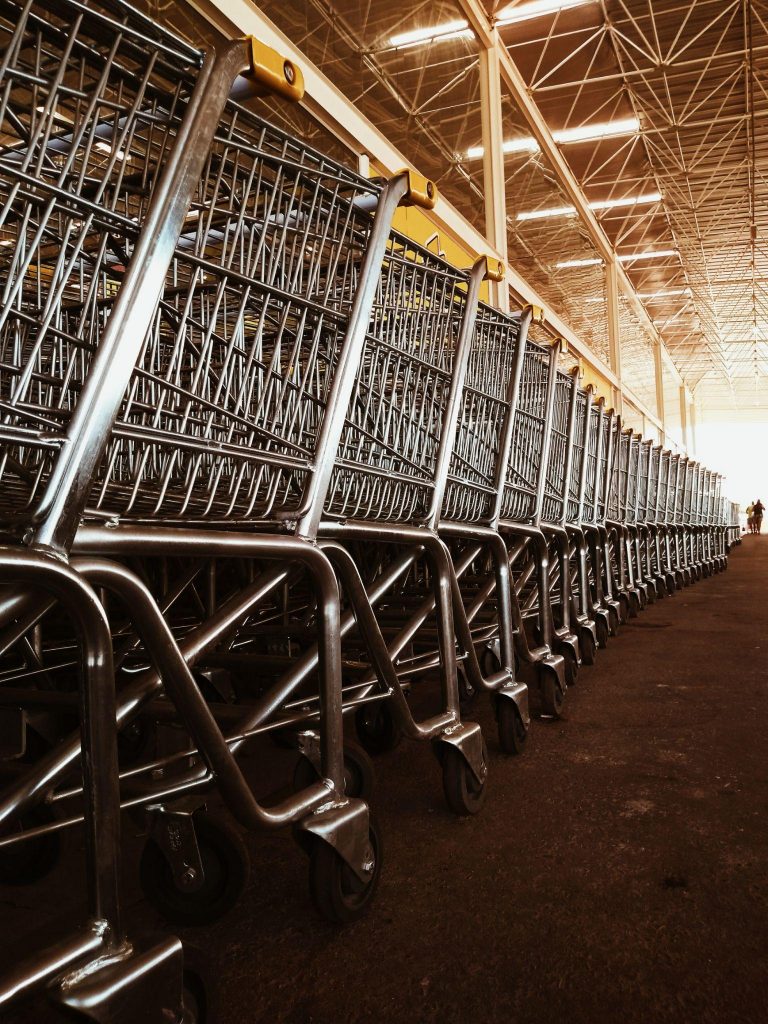High Volume, low Speed (HVSL) fans are among the most popular types of portable fans available on the market today. In fact, they have become so popular that there are now entire stores dedicated to selling different types of HVLS and HVLP fans.
Why is an HVLS fan important?
The main reason HVLS fans are used in many industries is because they provide the benefits of a high-volume, low-speed fan while providing the benefits of a blade with a low rotation speed. High volume, low speed (HVLS) fans are best suited for applications where high airflow needs to be achieved while low ceiling and/or floor temperatures are desired. They can also reduce noise pollution caused by rotary fans. However, HVLS fans are usually only effective at high speeds and high decibels of airflow. A downside to HVLS ceiling fans is that they are difficult to install in some applications.
How are HVLS Fans Used?
There are many uses for HVLS fans in the industrial, commercial, and domestic (home) environment. Many HVLS fans are used in distribution centers to provide comfortable environments for consumers. If a worker has to sit for long periods of time in an uncomfortable environment, it can seriously affect his or her mental health. With HVLS fans, distribution centers can provide workers with the comfort they need to perform their jobs while still enjoying the climate-controlled environment they are used to. Comfort is critical in the workplace because productivity is often dependent upon workers being productive.
Some HVLS fans can also be used to eliminate excess moisture in the air movement process, which can help reduce the humidity in a building. A humid environment can create the perfect breeding ground for bacteria and mold, which can make the work environment uncomfortable for everyone. This is why HVLS fans are so important to the comfort of employees. When humidity levels in a building rise above 60%, HVLS can help remove excess moisture and prevent the growth of mildew and mold.

The HVLS are most commonly used during the summer. During the summer, they help to keep the hot summers of the past from happening again. When summer temperatures rise into the triple digits, HVLS fans can help reduce energy consumption costs. For example, when the temperature hits ninety degrees Fahrenheit, a fan can reduce air-conditioning usage by up to seventy-five percent. In addition to helping to reduce energy consumption costs, they can also help to eliminate the discomfort experienced by employees who are working in hot, stuffy, or humid conditions. During the winter months, HVLLs are most effective at helping to eliminate the cold air that can build up in buildings.
Reduction in Energy Consumption
The majority of businesses use HVLS as an effective method for lowering their energy consumption costs. One of the other major benefits to HVLS, is that they provide a much safer environment to work in than their predecessors, the high-speed ceiling fans. Since the HVLS will circulate the cool air more effectively, there is less risk of the blades hitting an employee in the face, or any other unprotected person. Many studies have shown that high-speed ceiling fans can result in headaches, dizziness, and even hearing loss, due to the extremely loud noise caused by their blades. Many employees simply can’t avoid this type of aggravation, so it is critical that high-speed ceiling fans be used with caution in the workplace.
Many businesses are also choosing to use HVLS fans in their premises manufactured by Refresh Fans. If you choose a fan that is rated to a lower speed, such as a seven-inch diameter fan, then you can actually lower your overall cooling cost, as well as your carbon footprint. This is because the lower the fan speed, the less air movement is required to cool the home or you also buy a cooling system if the same fits in your budget. Therefore, you can use the money you save on cooling costs and purchase a higher-quality, more efficient floor jet unit that offers better energy savings and greater longevity.

